Deck & Commander Strategies

Yidris, Maelstrom Wielder
Cascade-focused spell slinging that maximizes value by casting multiple spells in a turn, often enabling aggressive attacks and combo setups.
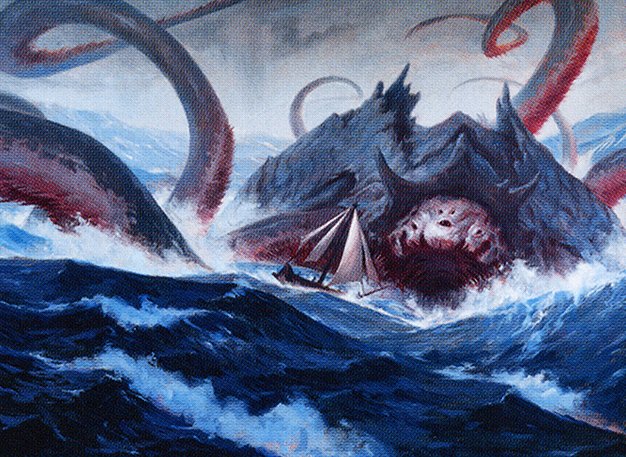
Gyruda, Doom of Depths
Mill-centric control strategy that uses Gyruda’s ability to mill multiple players heavily while copying creatures for value and advantage.
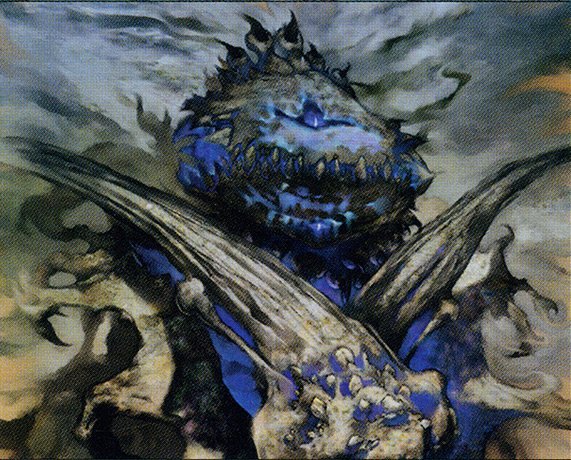
Mistform Ultimus
A shapeshifter tribal deck leveraging equipment like Sword of Light and Shadow to become a versatile threat and close out the game through combat damage and recursion.
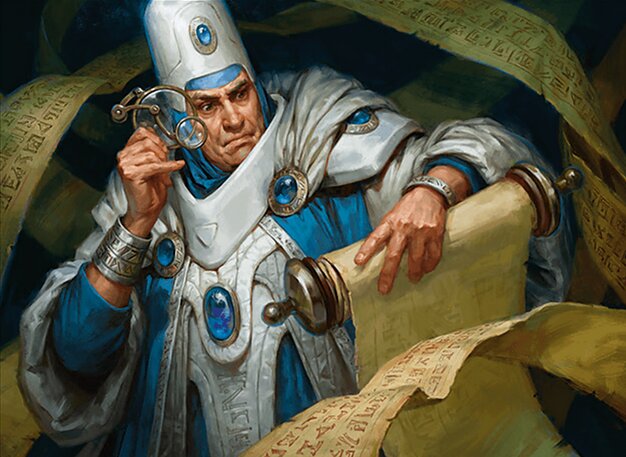
Bruvac the Grandiloquent
Generate incremental advantage and disrupt opponents with discard and milling while enabling combos through recursion and token synergies.

Emry, Lurker of the Loch
Artifact synergy deck that mills itself to fuel Emry’s recursion of artifacts from the graveyard, enabling repeated value and combo potential.
Gameplay Insights
- 1
Casting Gyruda with multiple Bruvac the Grandiloquent on the battlefield triggered a massive milling wave that heavily disrupted all players' libraries, showcasing powerful synergy between commanders.
- 2
Using Phantasmal Image to copy key creatures like Bruvac and Yidris allowed for flexible responses and pressure on opponents.
- 3
Activating Mirage Mirror to copy mana-producing or utility creatures maximized mana efficiency and opened up additional cascade opportunities.
- 4
The decision to take damage from attacks to avoid giving opponents cascade triggers or other advantages demonstrated careful damage management.
- 5
Repeated cascading off spells like Gale Caster Colossus and Dig Through Time enabled the player to dig deep into their deck looking for critical pieces and combo enablers.
- 6
In the second game, the synergy between Emry's milling and artifact recursion alongside experience counters from sacrifice outlets like Carrion Feeder suggested a slow, value-driven midrange strategy.
Notable Cards
-

Gyruda, Doom of Depths
-
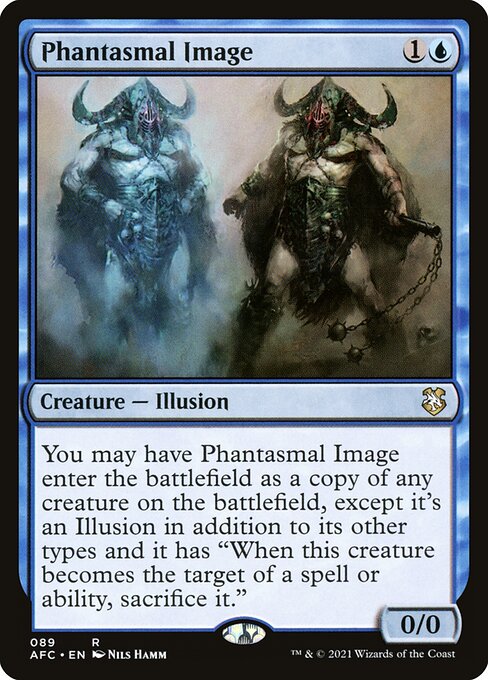
Phantasmal Image
-
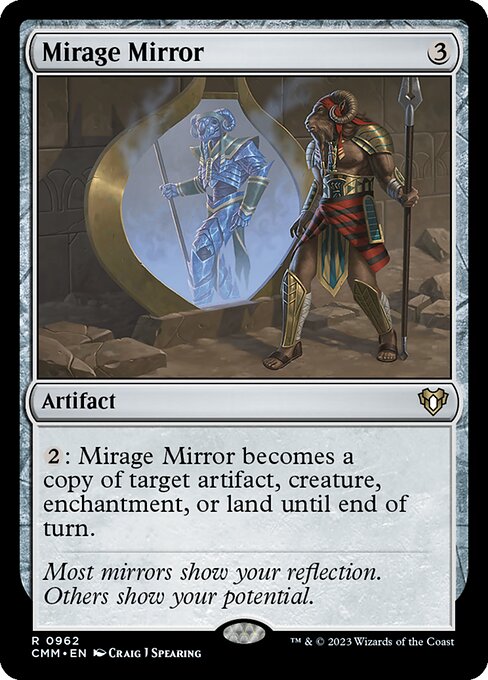
Mirage Mirror
-
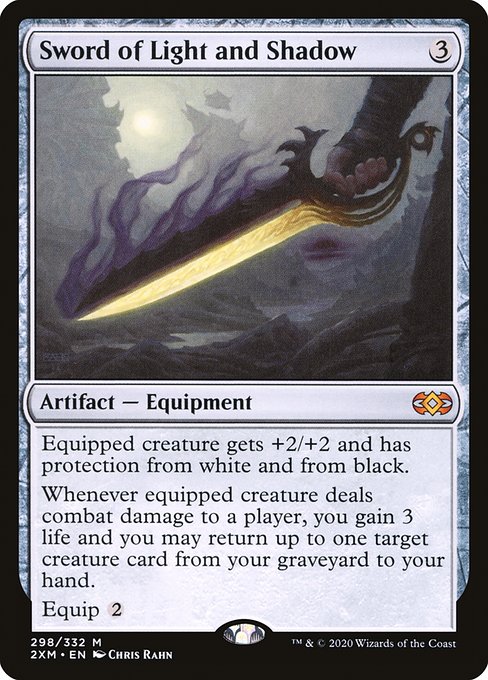
Sword of Light and Shadow
-
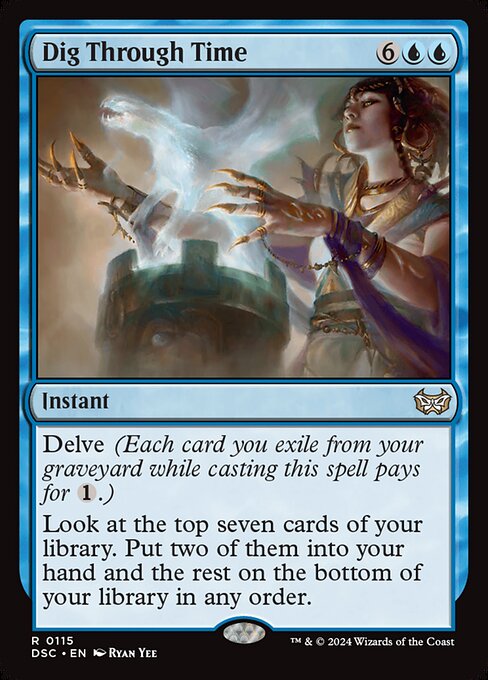
Dig Through Time
-
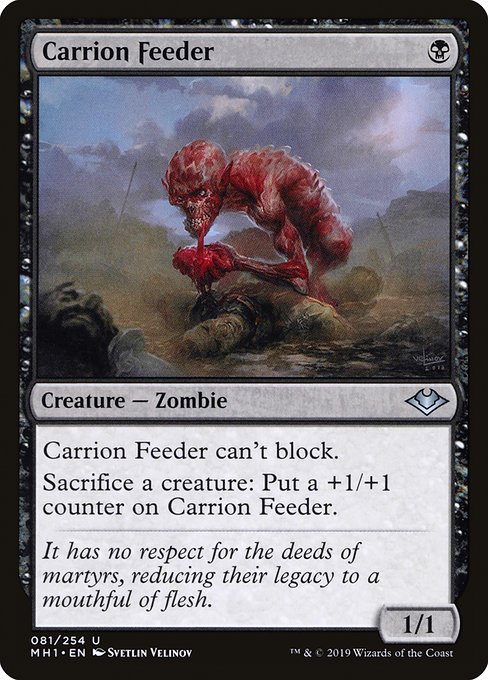
Carrion Feeder
-
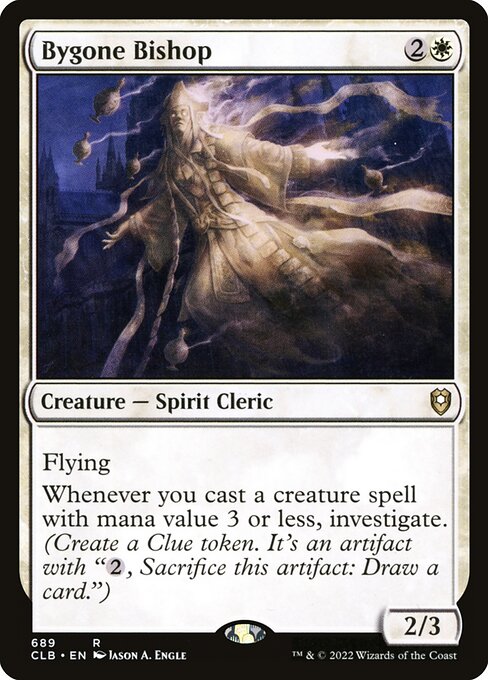
Bygone Bishop
Gameplay Summary
The first game featured a four-player match with commanders including Yidris, Maelstrom Wielder and Bruvac the Grandiloquent.
Early turns saw players developing their mana bases and casting key creatures such as Thalia's Lieutenant, Bruvac, and persistent token generators.
A pivotal moment arrived when Gyruda, Doom of Depths was cast, triggering a massive milling effect that caused players to mill large portions of their libraries.
Max used the cascade mechanic extensively to find combos and value spells, repeatedly copying Gyruda and forcing opponents to mill heavily.
This milling strategy put significant pressure on the table, eventually enabling the player piloting Mistform Ultimus to capitalize on a thinning deck and a well-timed Athreos's Oracle to win by decking themselves and triggering the Oracle's win condition. The second game began with a more traditional board development including ramp spells and early creatures like Elvish Mystic and Wall of Mulch.
Jesper cast Emry, Lurker of the Loch early, milling himself and enabling artifact synergies.
The game progressed with players gaining experience counters and setting up value engines such as Vivian, Champion of the Wild, and sac outlets like Carrion Feeder.
The gameplay focused on resource development, incremental advantage, and recurring threats.
The truncated transcript suggests a mid-game state with combat interactions and sacrifice synergies unfolding, indicating a slow buildup to a decisive board state.






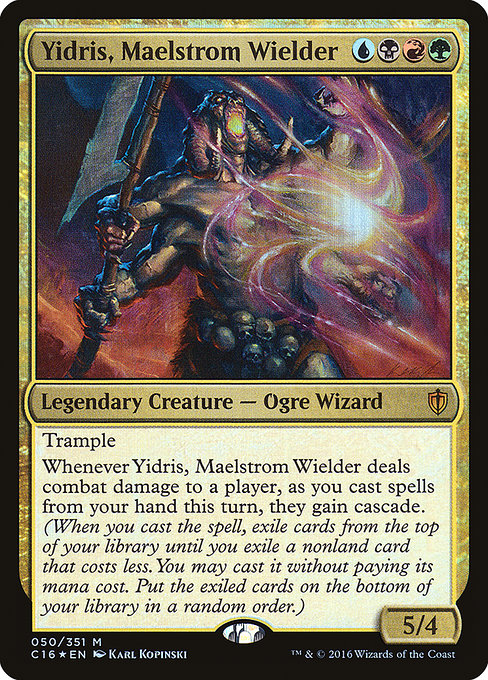

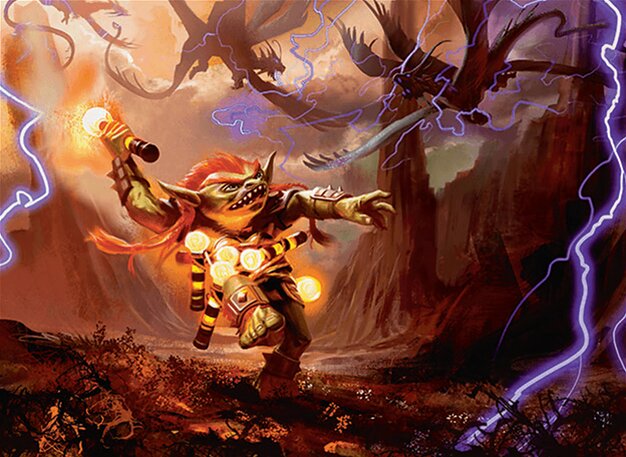


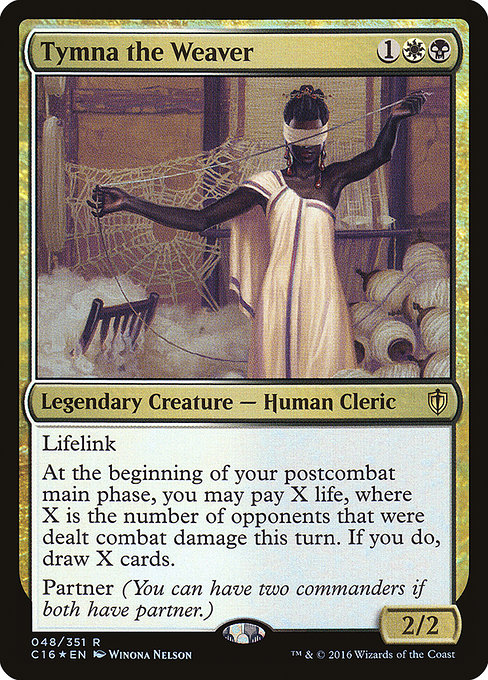





















![Commander VS S5E4: Xiahou Dun vs Tajic vs Thalia vs Daghatar vs The Horde [Multiplayer MtG] thumbnail](https://i.ytimg.com/vi/z18FphWLLuQ/sddefault.jpg)

































![Commander VS S15E9: Reki VS Chisei VS Angus VS Jori En [EDH] thumbnail](https://i.ytimg.com/vi/bTeSfWeIl6k/sddefault.jpg)

![Witness Epic Mono Color Duels EP:14 Odric vs Reki vs Chiss-Goria vs Tergrid [EDH gameplay] thumbnail](https://i.ytimg.com/vi/2minwtI9opo/sddefault.jpg)















